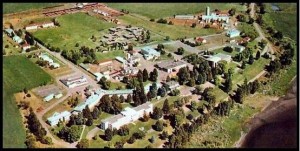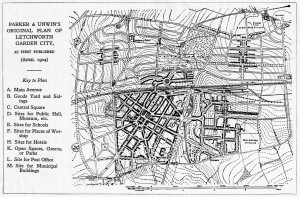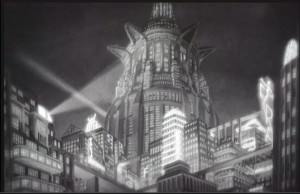In yesterday’s discourse, we only briefly discussed the financial aspects of Le Corbusier’s model city and what his expectations seemed to be for the socioeconomic affect these plans would have. Though it would be encouraging to believe that poverty, crime, and the squalor that ensues from them would dissipate with a change in physical environment–there are too many examples to dispute this claim. Further, just because your new home is nice upon your arrival, does not mean that it will remain that way and stay well maintained. Le Corbusier in “The City of To-morrow and its Planning” seems to infer that this model city would provide a stable and clean living condition for the entire population. However, the realities of a capitalist society (especially unregulated capitalism) would never allow for this sustainable and egalitarian-type environment.
As we see is the case with the development of cities like Paris and London during the 19th century, the only way that the standard of living is raised is through government regulation and intervention. Even though many would argue that business leaders have it in their best interest to have a healthy and prosperous work force, unfortunately this is simply not the case in the grand scheme. Therefore, we see time and time again, poverty being in direct correlation with the free market. With this in mind, even if it were possible to create a partnership between government and business to build such a city as Le Corbusier’s it would be even more unbelievable to permit the idea that changes in buildings and roads would have any affect on whether someone would have money or not. Existing still would be a system based on competition, and in competitions there are winners and losers.
Consider this: If you have a home with a tenant in a house who earns $100,000 a year and working less then take that same exact house and have a tenant who is working longer hours and earning $30,000 a year. You likely will see an incredible difference in upkeep, quality of life, security, and overall potential. Of course, there are indeed exceptions to this, but that is exactly the point. Le Corbusier does not consider the human elements involved with a capitalist society and what implications that has on every social class. It’s possible in a completely fascist or completely self sustaining communist state that you might be able to achieve his ideals, but seeing as how there is no perfect government, ruler, or society this status will remain. It is my belief that cities are a physical embodiment or reflection of our state of existence. So as long as things like individualism and greed are the priorities of the masses, our cities and standards of living for those in poverty will be a direct reflection of our priorities as a society.







